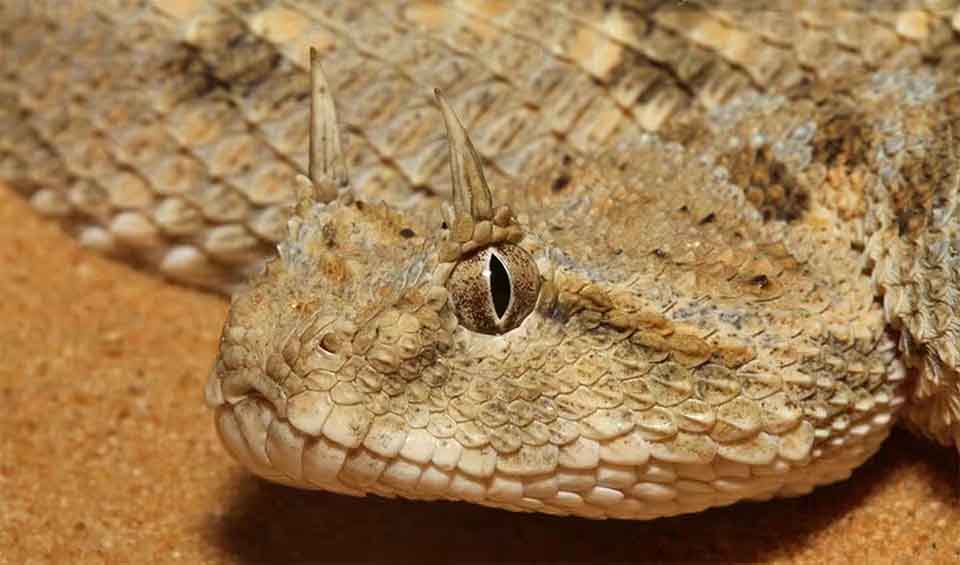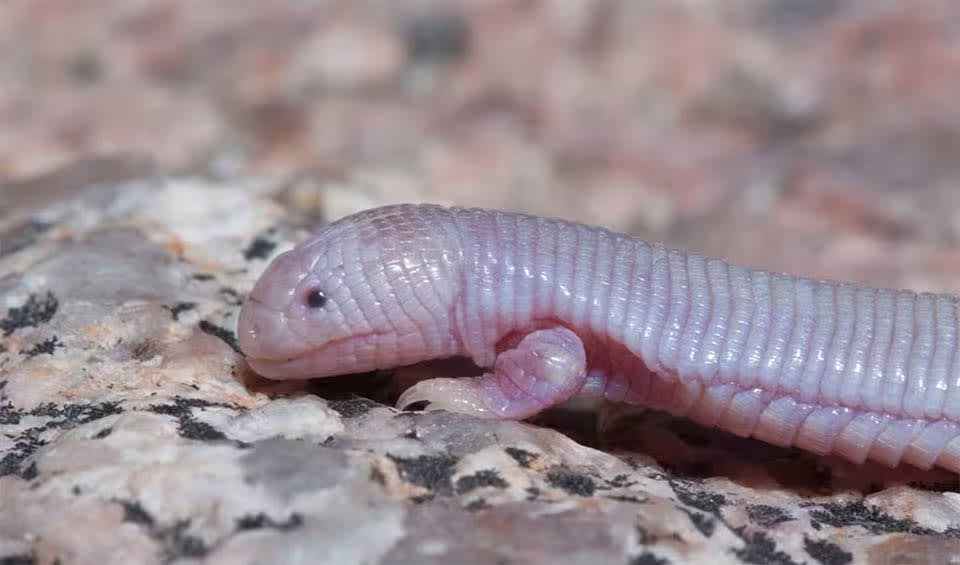Squamata – Snakes & lizards
Scaled reptiles, lizard and snakes, survived the Dinosaurs extinction – but will they survive humans?
The largest order within the Reptiles class comprises an astonishing diversity of reptiles, including snakes, lizards, and amphisbaenians, also known as worm lizards. What unites these creatures are their distinctive scales and specialized jaws, which set them apart from other reptilian groups.
One striking characteristic of Squamata is the presence of horny scales covering their bodies, which they shed periodically as they grow. While some species shed their entire skin in one piece, others shed scales in patches. This shedding process allows Squamates to maintain healthy, flexible skin that accommodates their growth and movement.
Among the many adaptations observed in Squamata is the loss of limbs in certain species, particularly those adapted for burrowing or life underground. This evolutionary change has resulted in legless forms such as snakes and certain species of amphisbaenians, allowing them to navigate through narrow spaces and efficiently pursue prey in their subterranean habitats.
Their highly mobile jaws are specially jointed to open their mouths extremely wide. This remarkable flexibility is most evident in snakes, which can swallow prey whole, often larger than their own heads. With astonishing efficiency, this extraordinary feeding strategy allows snakes to consume prey such as rodents, birds, and even other reptiles.
Families in this order
Snakes
Most serpents are here. In fact, it’s hard to draw generalizations in a family so big
Paralyzing snakes— cobras, mambas, kraits, sea snakes and allies
Some rattle and some don’t, but you better be warned because they all have a deadly slit-eyed stare, long fangs, and a lethal bite
Non-venomous, not aggressive and rarely bite humans
Good old pythons might not lurk around much longer
Despite their name and appearance, they are indeed true snakes, not worms
Smallest known snakes; adapted to digging and feed on ants and termites
Not well-known and are rarely encountered by humans due to their secretive nature and the often inaccessible nature of their habitats
Can play dead by becoming completely limp and unresponsive
Being non-venomous and vulnerable due to their size, they often resort to hiding or fleeing into the soil to escape predators
Among the most ancient lineages of snakes, they are believed to closely resemble those of the earliest snake ancestors
Relatively slow movers on the surface, making them vulnerable outside their sandy hideouts
Some species are known to be “oophagous,” meaning they feed on eggs
Has tendency to inhabit human settlements, often seeking shelter in or around homes
Generally shy and not aggressive, and bites are rare
Can play ‘dead’ or exhibit thanatosis when threatened to an extreme degree
Their venoms are typically mild to humans but highly effective against their preferred prey
Rarely come to the surface, except during heavy rains or at night, which makes them difficult to study and observe
Gigantic non-venomous snakes including anacondas and boas, known for their death-dealing coils
Covered in a thick layer of skin that is loose and wrinkled, giving them a somewhat eel-like appearance
Their small size and constricting abilities (though limited compared to pythons) give them a “miniature python” vibe
Recognized for their extraordinary iridescent scales that shimmer in the sunlight like a sunbeam
Have a relatively slow growth rate likely due to the limited food resources available on the island
Evolved to look and act like killers, yet they remain calm, efficient, and harmless
Incredibly secretive and rarely seen by humans
Lacks the venom glands and fangs that make the ‘original’ coral snake so dangerous
Seldom seen by people and even less understood
When threatened, they often coil their bodies into tight spirals, and their shielded tail presented to any potential attacker
May exhibit bluffing behaviors, such as striking without actually opening their mouths, to scare off intruders
Capable of creating intricate tunnel systems beneath the surface of the sand
Lizards
Many have a colorful flap of skin under their chin which they use to show off or scare away other males
Small to medium sized brightly colored terrestrial lizards
Endemic to South America, this family includes the southernmost reptiles on earth
Like many lizards, spectacled lizards can regenerate their tails, although the new one might not be as perfect as the original
Help control insect populations, which can prevent overruns of pests that might otherwise damage local plants and crops
A special way of expression with an equally unique view of world
Has the ability to change color, although not as dramatically as chameleons
Some species have evolved to look and behave like venomous snakes, which can deter predators
They only look dangerous!
Incredibly fast runners, with some species capable of reaching speeds of up to 32 km/h (20mph)
Like many reptiles, they are ectothermic, relying on external sources of heat to regulate their body temperature
Small lizards found dwelling in hot sandy or rocky deserts
Capable of detaching their tails when threatened, a common defense mechanism among many lizard species
The geckos with leafy feet and global reach
Can make various sounds, from clicks to barks, to communicate during mating season
Despite their name, they are not true snakes but rather lizards that have lost their legs over time
Can be seen performing push-ups or displaying their brightly colored underbellies to warn off rivals or signal to potential mates
Without legs, they wriggle through the earth, using their smooth bodies to push against the soil
Have a well-developed sense of smell, which they use to locate potential mates and food
Very sensitive to temperature changes and have adapted to regulate their body temperature by shifting between sun and shade
If a predator grabs their tail, they can break it off to escape
Males are known to be highly territorial and will often engage in dramatic displays to defend their territory
Performing acrobatic miracles on the water
Bronze or grey, legs aren’t their forte
Their presence is welcomed in agricultural areas since they help control the population of insects and other small pests
These lizards look and move like snakes with tiny legs
Renowned for their ability to rapidly change color,a trait that has earned them the nickname “chameleons of the New World”
Monster-like heavy footed gait, a striking appearance and a venomous defense
Brain with brawn, monitors are a delight to observe!
Despite their name, they are not nocturnal; they are actually active during the day
Unique for their vocalizations and known for their climbing ability with specialized toe pads
Surfing to gliding, they do it all!
You can find them huddled up in rocky cervices in African deserts.
Despite their name, they do have ears, but are hidden beneath their skin
When threatened, some can stiffen and straighten their bodies, making themselves rigid to make it more difficult for predators to swallow them
Sole survivor of a lineage that dates back over 100 million years
Different from most other geckos because they have real eyelids, just like us!
Amphisbaenians (worm lizards)
Often mistaken for worms or snakes at first glance
Their presence can indicate the health of the ecosystem, as they are sensitive to environmental changes and pollution
Has a unique method of locomotion, known as ‘concertina movement’
Rely more on their sense of touch and on vibrations in the ground to navigate and find food
Have sensitive skin that helps them detect vibrations and changes in their environment
Looks like a worm, acts like a lizard










































































